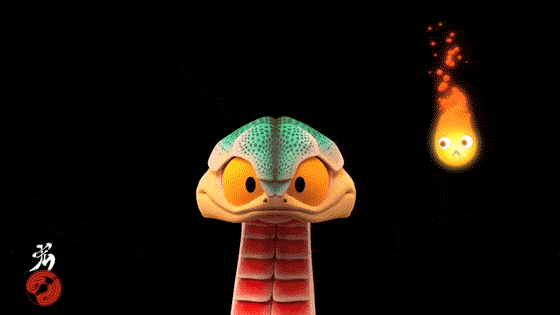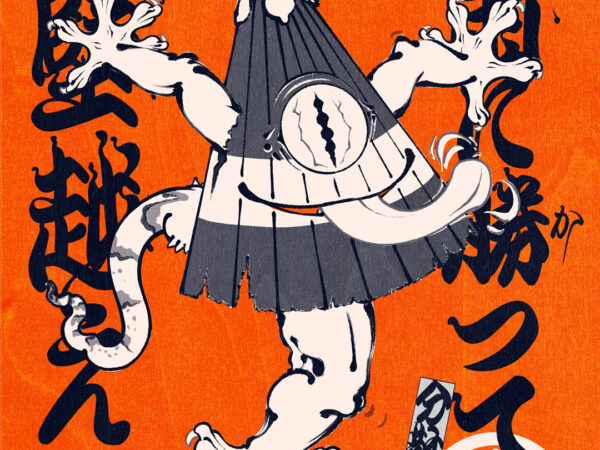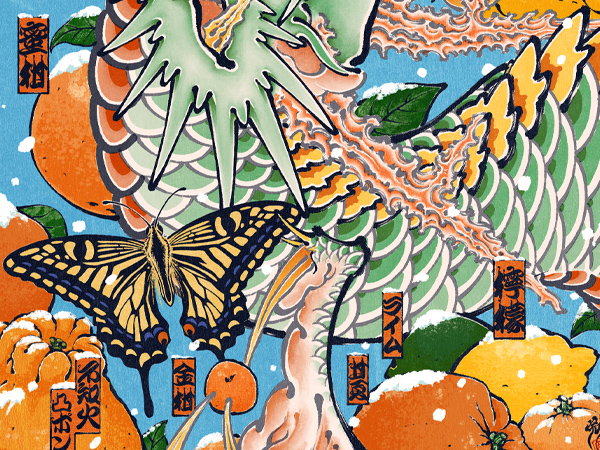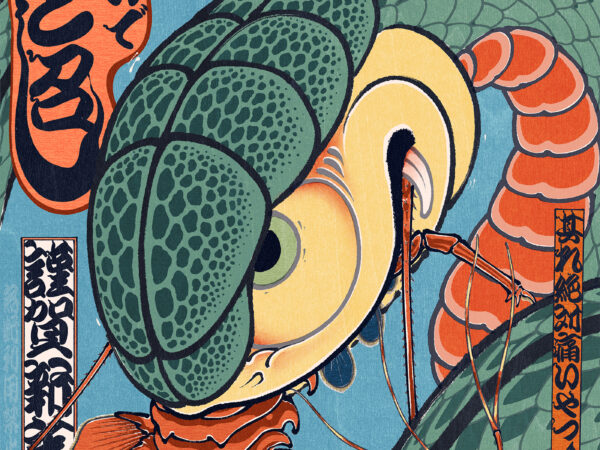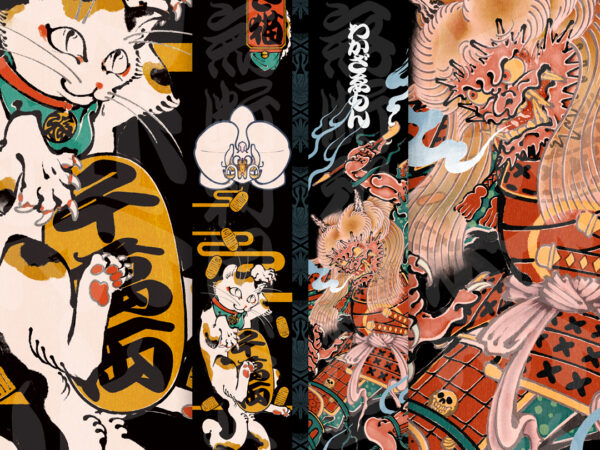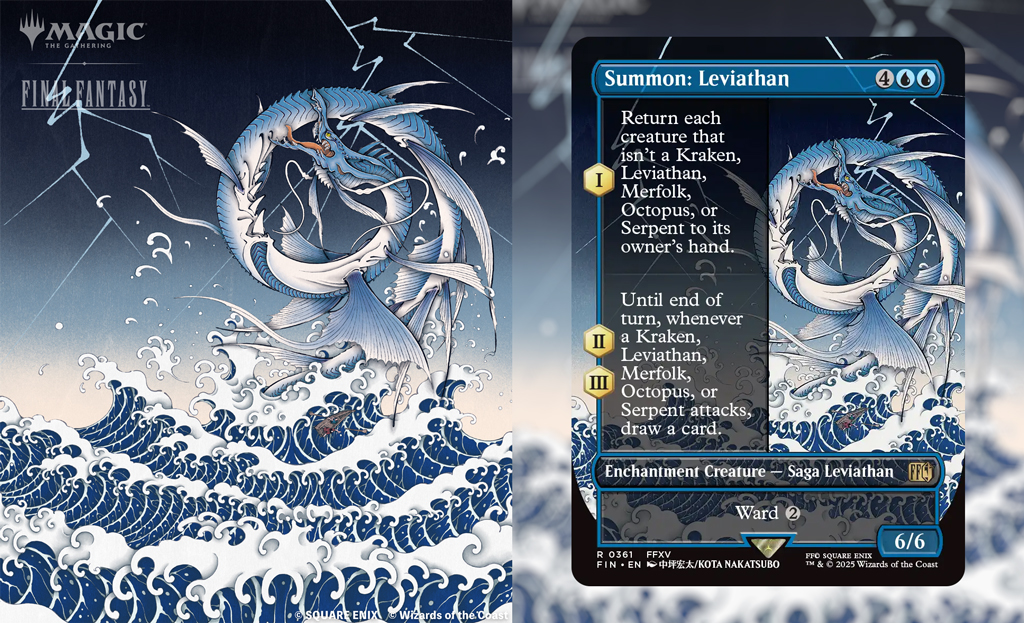
Have you heard of Habitat Style?
It has been a hot topic in the rare plant community for the past few years.
It is a gardening style that mimics the environment of the native habitat on a pot.
Dry gardens,” gardens that reproduce the native environment by planting arid-zone plants that can overwinter in the ground, have been popular among Japanese rare plant enthusiasts for some time now.
This can be seen as an even more miniature version of such a garden.
The habitat style is now a hobby on par with the Japanese nature aquarium, which has become popular in Europe and the United States, as well as the pardarium and bioactive vivarium, which are said to have originated in Europe.
No stone and sand of just the right size or color
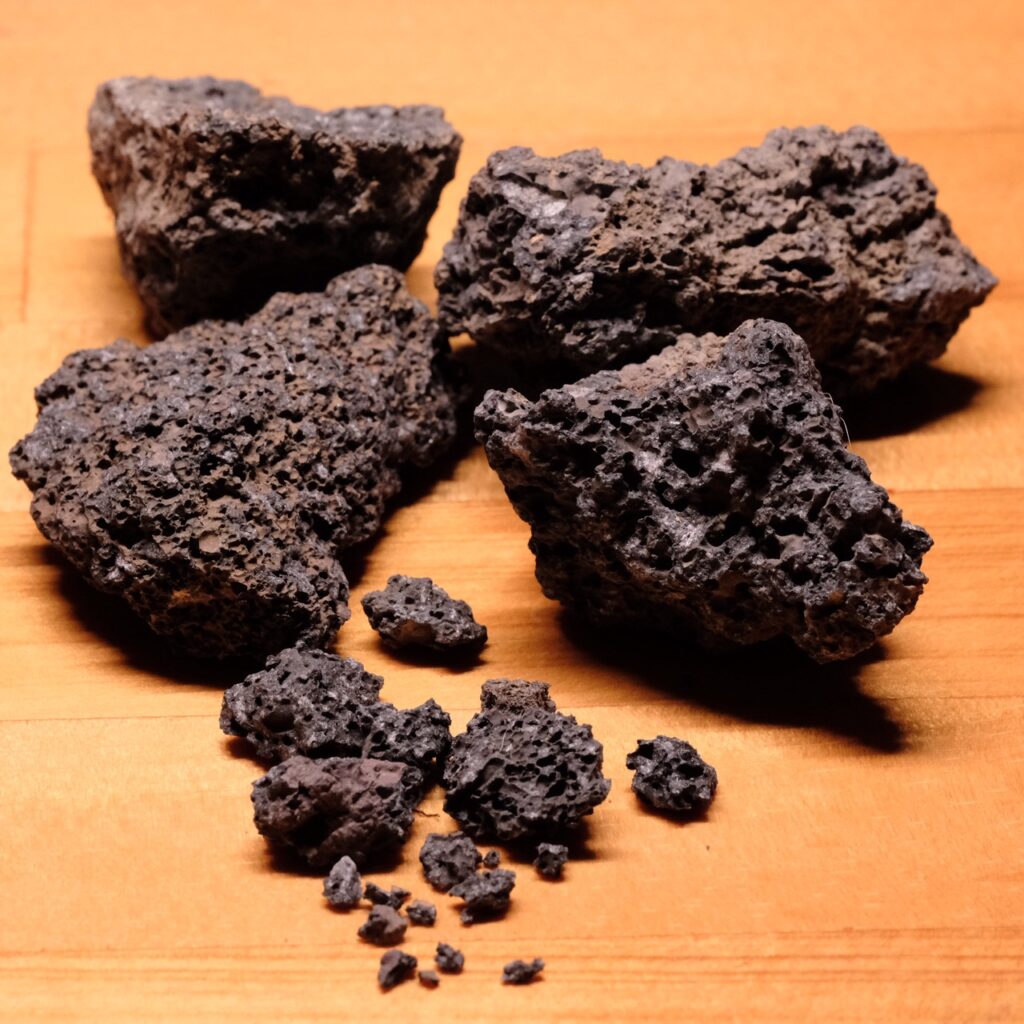
I live in Kanagawa prefecture, where there are no deserts, so there are no stones and sand of just the right size and color.
I went to a local tropical fish store and found an expensive and stately stone for sale. But I did not have the courage to smash it with a hammer immediately after purchasing it.
I decided to use the leftover lava rock I used for my newt layout tank.
It’s a black stone, but I don’t mind!!!
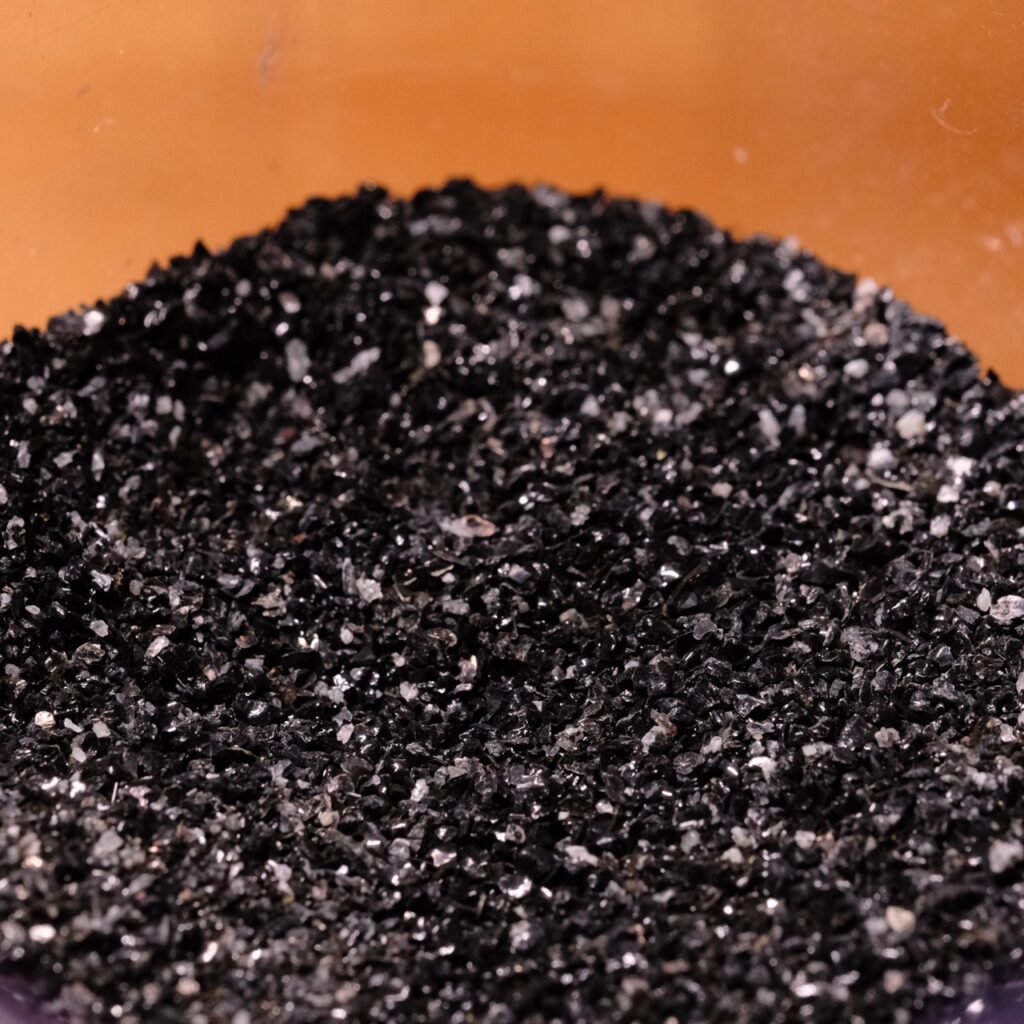
However, as I read various materials and methods of production, a question came to mind.
Until now, soil for arid-zone plants has been considered to be essential for drainage, and clogging has been regarded as an absolute evil. We use hard red ball soil, which is rarely found at home improvement stores, and we take the utmost care in transporting and storing the soil, applying as little pressure as possible from above. I would do a fine dusting in the garden every time I planted a plant.
But in spite of this, in this Habitat style, they apply fine sand on top at the end of the process. Wouldn’t this mean that the sand would gradually fall to the bottom of the pot every time I watered it, making it impossible to maintain for a long period of time?
It seems that this is generally true, and in order to prevent this from happening, they take special care not to collapse the layout when watering, such as by covering the pot with a mesh-like sheet or by dividing the layers of soil into several layers, starting from the potting stone and gradually working up to a finer layer.
It is said that the large surface area of many arid-zone plants is a result of their tuberization and fleshy growth, which allows them to efficiently attach to the dew at night and in the morning and to take in more dew into their bodies.
In other words, “Our watering should also imitate the environment of the native habitat! I think it’s not just the layout of the pot.
There is no such thing as “water the soil until the water comes out of the bottom of the pot after the surface of the soil has been dry for a few days” in its native habitat. Thinking of the land of Africa and Australia, it may be correct to do a slight misting system.
…Nature is great.
Nature is great.
I also noticed that the sand was black.…(´・ω・`)

The first Habitat-style pot is now complete.
Impressions after making it
It is heavy because it contains stones. And I am losing my timing because I was judging the lack of it by the color of the soil surface and the weight of the pot when I held it. I will have to watch this pot very carefully.I am apparently celebrating my 10th anniversary of being into plants next February.
I wonder how much money I have spent in the last 10 years. …… horrible.




